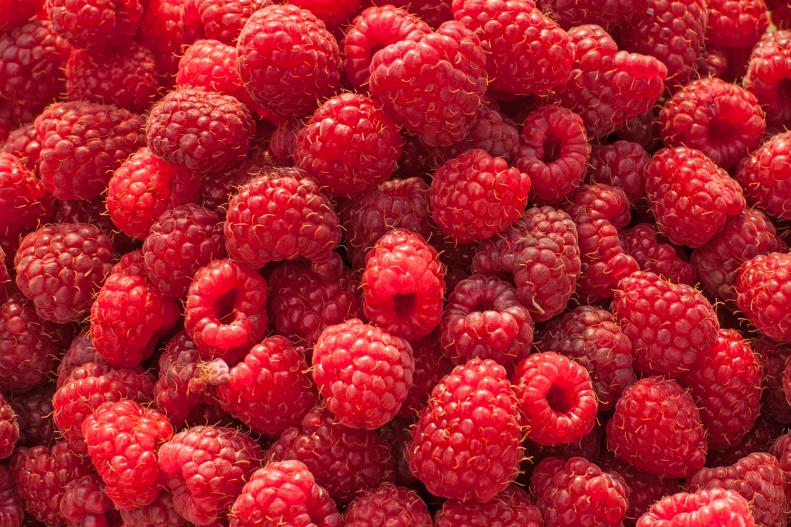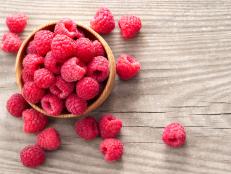1 / 10
Photo: Shutterstock / fotoaway
Why Do You Need Fiber?
Fiber isn’t sexy, but it’s important. We need it in order to keep our digestive systems running smoothly. If you don’t get enough of it, you may feel constipated. It can also help control cholesterol, says Dr. Jinan Banna, a registered dietitian and a professor of nursing at the University of Hawaii. We asked Dr. Banna and a couple of other experts for their suggestions for the best high-fiber foods to keep your gut happy. One of the sweeter options Dr. Banna recommends is raspberries, which she says also have the benefits of being high in antioxidants and vitamin C.







